The State Council under the President of the Russian Federation was first created in 1991, on July 19. At that time, the head of the country was B. Yeltsin. Next, we consider what the State Council of the Russian Federation represents today: the powers, status and significance of this body. 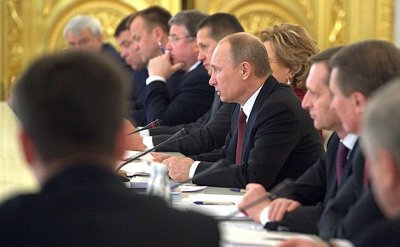
History reference
In 1991, the State Council of the Russian Federation acted as an advisory body. He participated in the formation of structures of supreme power in the country. The first State Council of the Russian Federation, which included about 15-20 members, was abolished on November 6, 1991. In fact, this body lasted 4 months and did not leave a special trace in the activities of the authorities. However, the problem of the need to create an advisory body remained. Subsequently, projects for the formation of the State Council were developed in 1995 by Shahrai, and in 1996-1997 by Chubais. However, the idea of creating this body became most popular in 2000. At that time, Vladimir Putin was already the President. He introduced a draft law establishing a new procedure for the formation of the Council of the Russian Federation.
Key premises
The bill was under consideration by the State Duma. During the discussion, she turned to the Head of the country with a request. It contained a proposal to create a State Council of the Russian Federation. The functions that should have been assigned to him related to solving problems in the regions. In 2000 (July 26), the draft law being considered was adopted on the procedure in accordance with which the RF Council should be formed. The next day, the Head of the country signed a special order. In it, he approved a request from regional officials to create a State Council. 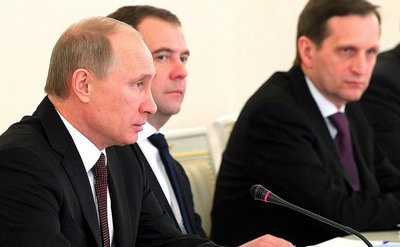
Normative base
The State Council of the Russian Federation was officially formed on September 1, 2000. The reason for this was the decree of the Head of the country. In accordance with it, a special Regulation on the State Council was approved. According to this document, the State Council of the Russian Federation is an advisory structure. Its main task is to ensure the assistance of the President in regulating the interaction of state authorities. The powers of the Council of the State Duma of the Russian Federation are determined by the Constitution and federal laws. In its activities, this body is also guided by orders and decrees of the Head of the country.
First meeting
It took place in 2000, November 22. On the agenda was the issue of the country's development strategy for the period until 2010. Opening the meeting, the President noted that the Council of State should become a strategic political structure. That is what will distinguish it from other government agencies. 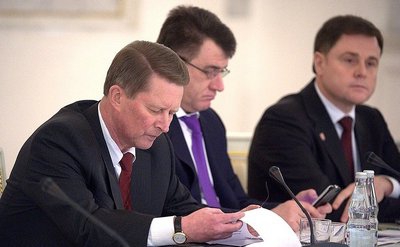
Tasks
The first is the provision of assistance to the President in coordinating the existing branches of government in the country. The State Council is called upon to regulate the coordination of interaction and functioning of state bodies.
The next important task of the structure is deliberative and advisory activities. It involves a discussion of problems of particular importance for the country and relating to the interaction of the highest federal authorities with the constituent entities of the Russian Federation, issues of state arrangement and strengthening federalism. As part of this activity, it is also planned to introduce important proposals to the Head of the country.
The next task to be implemented by the Council of the State Duma of the Russian Federation is participation in ensuring the rule of law. In the framework of his activities, he discusses issues that relate to compliance (enforcement) by federal and regional structures of state power, bodies of territorial self-government, as well as their officials with the country's Constitution, laws, orders and decrees of the Head of the country, as well as decisions and decisions of the Government.
The next task is to assist the President in applying conciliation procedures in the process of resolving conflicts and disagreements between government institutions.
In the last, fifth place, is the legislative activity of the body. Within the framework of it, the State Council of the Russian Federation considers, at the proposal of the Head of the country, bills and decrees of federal significance. These include, for example, the draft budget, discussion of information on its implementation. At the same time, the State Council does not have the right to initiate legislation. In this matter, it is entirely possible to agree with the opinion of G. Seleznev. The State Duma Chairman noted that the Council of State should not duplicate the Federal Assembly and act as its third chamber. 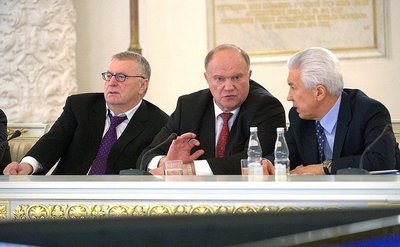
Formation order
The Council of State includes the Chairman and members of the State Council. They participate in the activities of the body on a voluntary basis. The President is the President. Members of the body are persons holding senior positions in the executive bodies of state power of the subjects. In accordance with the decision of the Head of the country, it is allowed to include persons in the composition of the State Council who have replaced the heads of the highest executive state bodies for two or more consecutive terms.
Operational issues are resolved by the Bureau, comprising seven members. Its personnel is determined by the Head of the country and is subject to rotation once every six months. The Secretary of the State Council is not a member. The duties of this official are performed on a voluntary basis by one of the Deputy Heads of the Presidential Administration.
Organization of Activities
The Presidium discusses the work plan of the State Council, considers the agenda for the upcoming meeting. Along with this, he also carries out an analysis of the activities and decisions of the deliberative body. Meetings of the Presidium are convened as necessary, but usually at least once a month.
Chairperson's work
it executive sets the time and place of the next meeting of the State Council and the Presidium. The Chairperson also gives instructions to the members of the body and its secretary. Based on the proposals of the Presidium, he forms the work plan of the State Council, as well as the agenda of the planned meeting. The officer also chairs meetings. 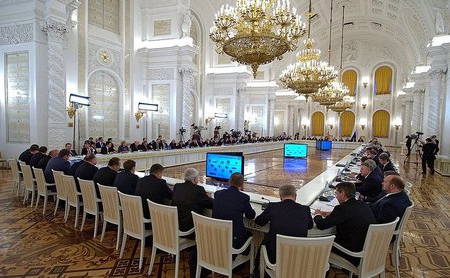
Secretary Activities
His responsibilities include:
- Ensuring the preparation of a draft of the proposed work plan of the State Council, drawing up a scheme for the agenda, collecting materials for meetings, draft decisions.
- Informing members about the time and place of the meeting, issues that will be considered, providing them with the necessary documents.
- Execution of instructions of the Chairman.
- Signing of meeting minutes.
The Secretary of the State Council is responsible for ensuring the functioning of the deliberative body.
Participants work
Members of the State Council submit proposals to the Presidium regarding the action plan, agenda, and the order in which issues will be discussed. They also participate in the preparation of meeting documents and draft decisions. Members of the State Council may delegate authority to other competent persons. 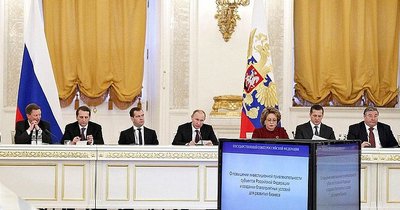
additional information
The State Council and its Presidium are entitled to form temporary and permanent working groups. Their activities include the preparation of issues to be considered at meetings, the involvement of specialists and scientists to carry out a certain type of work, including on the basis of agreements. The functioning of the State Council is carried out by the relevant departments of the Presidential Administration and the Office of the President.
Operating procedure
Meetings are convened regularly, at least every three months. According to the decision of the Chairperson, extraordinary meetings may be held. A meeting of the State Council is considered competent if it is attended by most of the total number of members of the deliberative body. Meetings are usually held in the Kremlin.The adoption of certain decisions on the issues raised is through discussion.
By decision of the chairman, a vote may be taken on any item on the agenda. The highest official shall have the right to establish the procedure by which decisions will be made on problems of particular importance to the state through consensus.
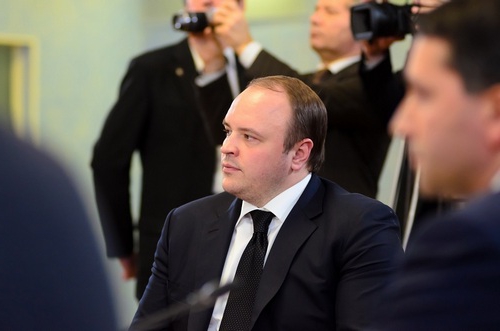
Features design decisions
Based on the results of discussions, relevant documents are drawn up - protocols. All decisions so drawn up are signed by the Secretary of the State Council. If necessary, the results of discussions can be formalized by orders, decrees or instructions on behalf of the Head of the country. In the event that decisions have been made on matters relating to the need to adopt a constitutional federal law, a state regulatory act or to make additions to them, as well as amendments, changes to draft laws in force at the time of the convocation of meetings, the developed plan of the relevant regulatory act is submitted to the State Duma of the Federal Assembly. This procedure is drawn up in the order of legislative initiative. It is implemented by the President of the Russian Federation.